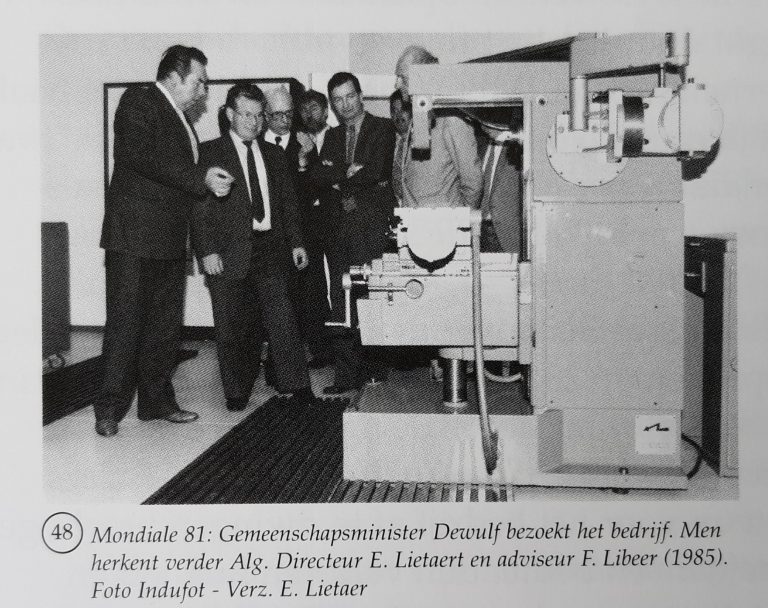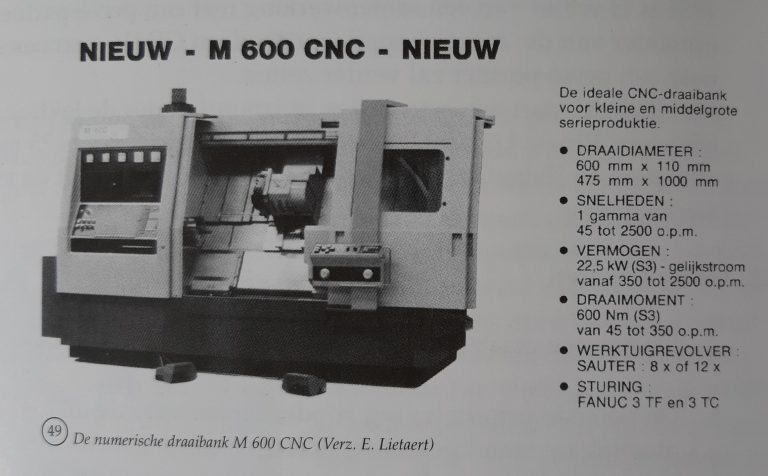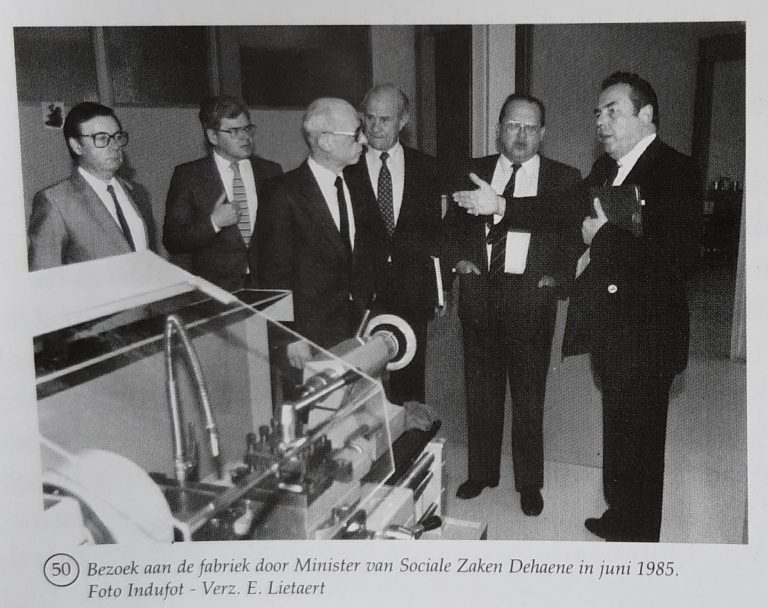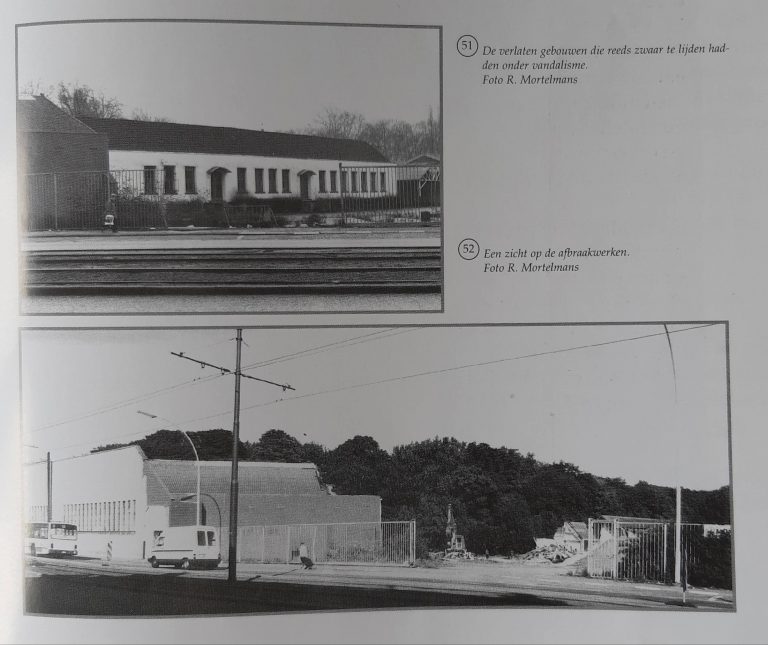The company Mondiale has existed for almost 100 years. But did you know that our origins go back a lot further? To 1860 to be precise. That’s when the Fondu family business in Vilvoorde put the metal industry on our map. Since 1921 this company has been known as Mondiale.
For decades Vilvoorde was the beating heart of the Mondialists. This is the remarkable and wonderful story of Mondiale, recorded for you in a 6-part mini-series.
PART 5: 1981 to 1989
When Mondiale, the benchmark for lathes in Belgium, was declared bankrupt in 1981, all Belgian newspapers referred to this huge loss. Politicians were also disappointed with the state of affairs…

Recognition for Mondiale
Minister Eyskens happened to be in Indonesia just at that time to negotiate a new (and larger) supply of Mondiale lathes.
Eyskens secured the deal and the Mondiale factory remained open.
Mondiale was re-established under the name Mondiale 81. The Flemish government provided a financial contribution with four instructions:
- Fulfil the ABOS (Algemeen Bestuur voor Ontwikkelingssamenwerking) contract with Indonesia
- Develop a digitally controlled lathe
- Commence production of conventional lathes and milling machines
- Find a private sponsor
The ABOS contract with Indonesia
This contract included a 12-phase plan to move the entire production of Mondiale lathes to Indonesia. A joint venture company was to be set up, in which Mondiale 81 would have a 70% stake.
The reason for the relocation was very logical. Thanks to the lower production costs, Mondiale 81 would be in a position to withstand the fierce competition from Japan and Taiwan.
The digitally controlled lathe
The engineers at Mondiale 81 developed a digitally controlled lathe based on the GALLICOP, the most successful machine in the range.
The design came from our own company, but the control technology was developed by the German AMK.
In November 1981 Mondiale exhibited at the EMO Fair in Hannover with the brand new M420 CNC. After earlier moderate success the poor-performing AMK control system was replaced with a FANUC control system.
In 1986 the M600 CNC, which could handle much larger volumes, finally came onto the market.

Restart of production and extra service
As soon as possible, Mondiale 81 started simultaneous production of all popular models. Including the 900 CELTIC 14 lathe which had to be delivered to Indonesia by 1987 at the latest. Subsequently, the firm returned to its own customers.
In addition to production, it also offered a maintenance service to the many users of Mondiale lathes and milling machines, both conventional and CNC-controlled.

Search for a private partner
Things went pretty well for Mondiale in the early 80s.
Within Europe, Germany had become a major customer. In 1986, Mondiale set up a subsidiary: “Mondiale Werkzeuge Deutschland” (MWD) with 175 employees.
But in the meantime, the machinery had become obsolete and there was no funding for innovation. The search for a private partner unfortunately went much less smoothly. The Flemish Government jumped in one last time. But from 1986 onwards, Mondiale was still making losses.
In addition, when the joint venture in Indonesia ended badly, this signalled the end.
The inevitable end
Mondiale 81 went bankrupt on 21 December 1989. For more than 130 years, the company had provided employment in Vilvoorde.
Once a manufacturer of railway equipment, the company later built automobiles and motorcycles, and grew into a global dealer in lathes and milling machines.
Employees continued to refer to themselves proudly as ‘Mondialists’… and watched helplessly, as their beloved Mondial site made way for a shopping complex in 1996.

Was this then really the end? As I’m sure you know, the answer is no.
You can read all about it in the next – and very last – part of the remarkable, but wonderful story of Mondiale.
The history of Mondiale (part 6/6)
Source: STAPPERS, M. (1998). The remarkable history of a Vilvoords Metal Construction Company – 1860-1989. Vilvoorde, Dupress Vilvoorde.
